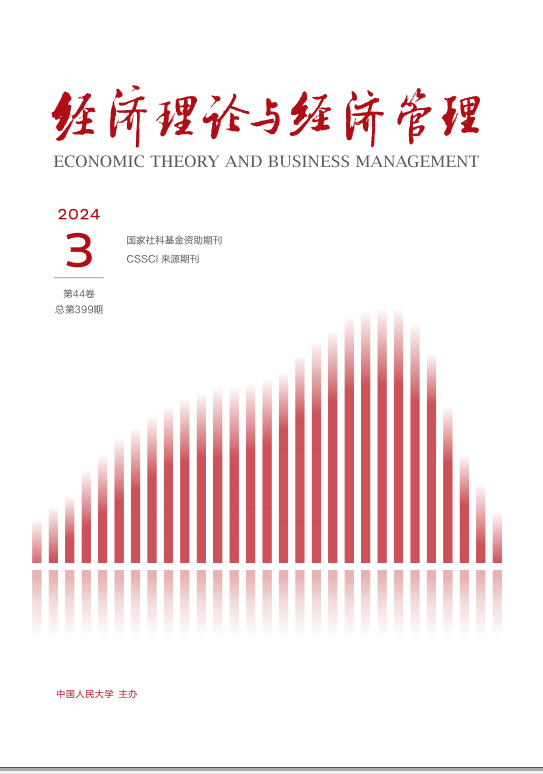THE ANALYSIS AND FORECAST REPORT ON CHINAS MACRO ECONOMY ——Chinas Macro Economy with the Coexistence of Downturn and Boom,
Depression and Bubbles
Macroeconomic Analysis and Forecast Research Group
2015, 35(8):
5-35.
 Asbtract
(
)
Asbtract
(
)
 PDF (15493KB)
(
)
Related Articles |
Metrics
PDF (15493KB)
(
)
Related Articles |
Metrics
In 2015, as statistics are declining beyond anticipation, Chinas macro economy entered a difficult stage of the new normal. In the short term, Chinas macro economy in the second half of this year, impacted by the rising of foreign trade, the bottoming of real estate investment, and the slight bouncing back of consumption, would hit bottom in the third quarter and then modestly rebound in the fourth. However, from the cyclical perspective, the year 2015 is not going to witness this rounds second bottom of the “dissymmetric Wshaped” cycle of adjustment. In fact, world economic cycle, Chinas real estate cycle, Chinas debt cycle, inventory cycle, new industry cultivation cycle, as well as political business cycle, together have determined that there would not be any strong and solid rebound until the middle of 2016. Regarding the ten new features and the four major risks emerging in “the new normal” of China economy, this report believes that, given the situation that the new normal has stepped into the critical stage and that many macro indicators have varied. Chinas macro economy policy needs an overall renewal, in either fundamental philosophy, theoretical foundation, frameworks and systems, general orientation, or the choice of tools.





